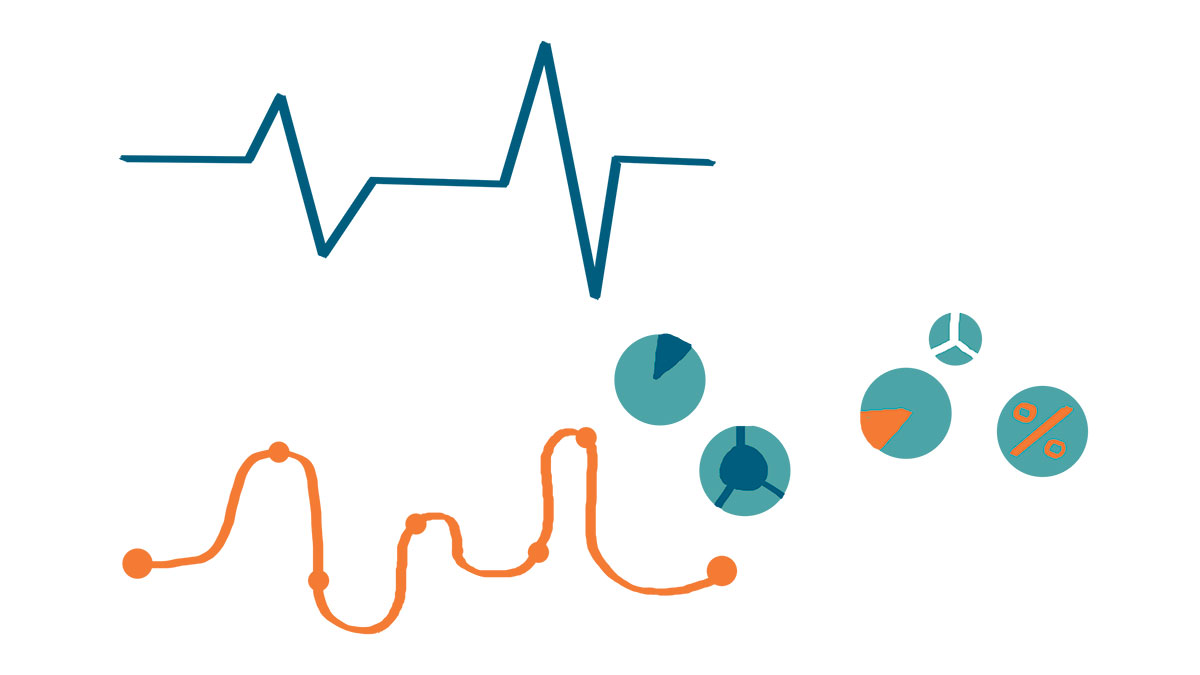Counting your Macros – The Gateway’s guide to liberating dieting
 Alex Patterson
Alex PattersonWhat do you see when you look at your food?
For many people that have unhealthy relationships with food, they see calories equated with unwanted weight gain. While there are many problems with this relationship, the biggest and most common is the incorrect definition of what a calorie is and isn’t. A calorie isn’t weight gain, but in fact our body’s source of energy. This’s why people who eat low-calorie diets to slim down often feel lethargic and sluggish, because they aren’t consuming enough energy throughout their day.
Dieters often see 1200 kilocalories (kcals) as the magic number to lose weight. Fortunately, our bodies typically need around 1500 kcals a day to successfully carry out its necessary functions, like cell regeneration and breathing. Once you incorporate moving around and any level of physical activity, you’re looking at over 2000 kcals a day on average to maintain a healthy weight.
Along with low-calorie diets, people are now being brainwashed with low-carb and non-fat diets. If you are consuming low to no carbohydrates and fat, what are you filling your calorie requirements with?
For a little background on calorie breakdown: one gram of fat is nine kcals, one gram of carbohydrates is four kcals, and one gram of protein is four kcals as well. So again, if you’re consuming low to no carbohydrates and fat, are you really consuming 500 grams of protein a day to meet your 2000 kcal requirements? I would hope not, because then you may turn into a rock. And I’m not talking about The Rock, Dwayne Johnson.
Your body needs carbohydrates and fat just as much as it needs protein. They’re called MACROnutrients for a reason, and that’s because they are significant in your body’s makeup and necessary for function.
If you can’t consume all protein and lose weight, what are you going to do? This is going to sound crazy, but let’s try balancing macronutrients in a way that benefits our body, and can help us reach whatever goals we may have in mind, from aesthetics to strength, or maybe even both. Key word: balance.
To begin you’re going to have to calculate your Basil Metabolic Rate, or your BMR. https://www.bmi-calculator.net/bmr-calculator/ is a good place to start as an Internet tool. Your BMR is the first number I previously discussed, it is the amount of calories your body need to function at rest.
Next, because you’re an active human being, you must calculate your Total Daily Energy Expenditure (TDEE). While there are many ways to go about this the simplest way, according to fitness YouTuber Michael Kory is to multiply your BMR by one of the following activity factors: Sedentary: you sit around for most of your day, multiply by 1.2, Lightly active: you walk around but your heart rate is never elevated, multiply 1.375, Moderate: you try to be active and exercise one to two times a week, multiply by 1.55, Active: you exercise three to four times a week and are up on your feet a lot, multiply by 1.725, and finally, Very Active: you workout six times a week and are active throughout the day, or you work a manual labor job, multiply by 1.9.
I’ll use myself as an example: I’m a 5’11” girl weighing 150 pounds, with a BMR of 1543 kcals, which we can round to 1500 kcal. I would consider myself to be active, as I exercise at least four times a week. Although I’m a student, I also am a waitress part-time and therefore I’m on my feet a lot, so I would multiply 1500 by 1.725 resulting in a TDEE of 2588 kcals.
Now we break that down into carbohydrates, fats, and protein. While there are many ways to break down your macronutrients, I’m going to suggest you use a muscle-building breakdown, in order to support muscle growth and expenditure. To begin, multiply your body weight by 1, this number will be the amount of protein you will aim to consume in a day in grams.

For fat, multiply your body weight by 0.45. This number will be the amount of grams of fat you should consume within a day. Again, higher or slightly lower amounts are safe depending on you goals.
Now, take your specific grams of protein and multiple it by its calorie content per gram, which is four. Do the same thing with your fats, but multiple by nine. Using myself as an example: as a 150 pound woman, I would consume 150 grams of protein a day, or 600kcals of protein a day, and 68 grams of fat a day, or 612kcals of fat a day. Next, add those two values together, and subtract them from your TDEE. Again using myself as an example, that would result in a remaining 1,376kcals a day for carbohydrate or 344 grams of carbohydrates.
These are the calorie and macronutrient values I would consume if my goal were to maintain my weight, or under-go a body re-composition (with a fairly intense training regimen). If your goal is to cut weight, 500kcals a day is safe to subtract from your TDEE, and if your goal is to gain weight, 300kcals a day is safe to add to your TDEE.
Now the fun part: tracking. My preferred way to track macros is through My Fitness Pal, which is a user friendly website and app available for both Apple and Android users. When you first set up you account, plug in the numbers you have calculated using the above method, or else you may fall victim to low daily calorie and nutrient restrictions.
The site itself is very well equipped with macronutrient breakdowns on many food items, all your basics are already in the system including fruits, vegetables, meat, Safeway bread, Starbucks, Wendy’s… the list goes on. Now it’s up to you to balance your macronutrients and find out what works and what doesn’t.
As a tip, I recommend buying a food scale. They are available at most grocery and home appliance stores for very reasonable prices, and they will save your sanity. Place your plate on the scale, set it to zero, and pile on each food item separately, setting to the scale back to zero as you add something new. This is the easiest method for keep track of your grub, and if you’re serious about your macro’s this will be the best $20 you’ve ever spent.
To a lot of people this will seem obsessive, but the beauty of macronutrient counting is the knowledge. Now that you know what to fuel you body with and how much, how many calories your body actually needs, and how simple the fat-loss or weight-gain equation really is, you can do whatever you want with it. Now that’s liberating dieting.




